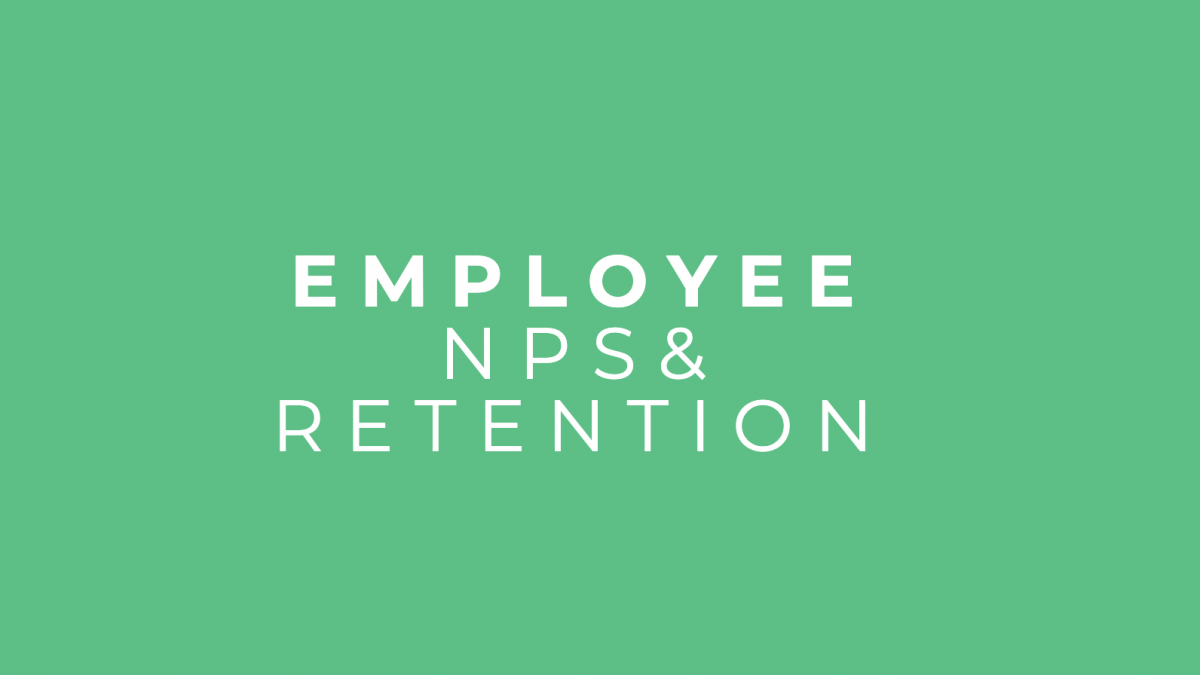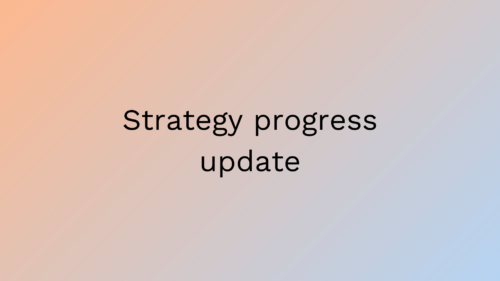Employee NPS and Retention
13.01.2021

In the fall of 2020 we had an employee satisfaction survey and there one question was an eNPS. Additionally we’ve been examining our employee retention just recently so we thought maybe you’d like to know about these.
In the end of this post you’ll find an infographic type of presentation of all this, so skip the bla bla -part below if you prefer a more visual output.
eNPS
What is eNPS?
eNPS comes from employee net promoter score. So it’s basically a normal NPS but directed to employees instead of customers. eNPS score is derived from one single question, ”How likely would you recommend your employer to a friend or acquaintance?”. Scale for the question is 0 to 10.
NPS is a great way of measuring satisfaction because it’s comparable to other companies with benchmark scores found relatively easily.
Counting the score
Count the percentage who answered 9 or 10 (promoters). Subtract from that, the percentage who answered 0 to 6 (detractors).
eNPS benchmarks
As said, the beauty of NPS lies in benchmarking. Though one should never take benchmark measures too seriously. In order to justify further actions with benchmark results, the benchmarks should be from very similar companies (size, industry etc.). All in all, comparing your score to others, is interesting to say the least.
What is a good eNPS? What about bad?
QuestionPro has collected data from over 700 000 companies worldwide. From all those companies, the best eNPS score was 84. That probably clarifies how this is not a “80 is good” kind of metric, but rather a “80 is f*****g fabulous” one. The average and median scores from their data further clarifies this, average being 14 and median mere 13.
HRTechnologist describe eNPS scores as follows: “Any score above zero is acceptable. Generally, a score within the bracket of 10 to 30 is considered good and a score of 50 is excellent.”
VALA Group eNPS
Our eNPS score in the fall of 2020 was 67. This score was based on answers from 57 people at VALA. There’s over 100 of us at VALA so the answer percentage was not the best but the score can nevertheless be considered representative. Overall there were only three people who answered below eight and 23 people who answered a full ten.
Employee Retention
Another proper measurement of employee satisfaction is employee retention. Employee retention refers to the ability of an organization to retain its employees. Employee retention can be represented by a simple statistic. For example, a retention rate of 80% usually indicates that an organization kept 80% of its employees in a given period.
What is a good employee retention rate?
It’s pretty difficult to find proper benchmarks on employee retention but we were able to find some indications (though somewhat contradicting).
For example, according to the Bureau of labour in the US, the nation’s quit rate in 2019 was 27,9 %, referring to a mere 72 % retention rate.
Then there’s LinkedIn’s data from 2019 which suggests that there’s a 76% chance of an employee still being at a company after 12 months there. After two years, there’s a 59% likelihood, and after three years, a 48% chance.
Business.com states that: “Organizations should aim for 10% for an employee turnover rate, but most fall into the range of 12% to 20%.” 10% turnover rate means 90% retention so maybe we can cut the corners for this instance and say that a generally good retention rate is above 90%.
Since the data is a bit confusing, let’s focus on one reliable benchmark for our industry: LinkedIn data on technology (software) industry (which happens to be the one industry with worst retention).
So, according to LinkedIn data (from 2017), the retention rate in the technology (software) industry was the poorest of all industries (86,8%).
VALA Group retention rate
Nearing December, five VALA Group full time employees have left the company during this calendar year 2020. Our average full time employee count during this period has been 88. That means that our retention rate during this almost-a-year-period has been 94%.
To sum up, VALA people like it here and tend to stay with us. Moreover, VALA people are pretty open to recommending VALA as a workplace. But still, there’s much room for improvement in both these metrics and we intend to get better results next year!




